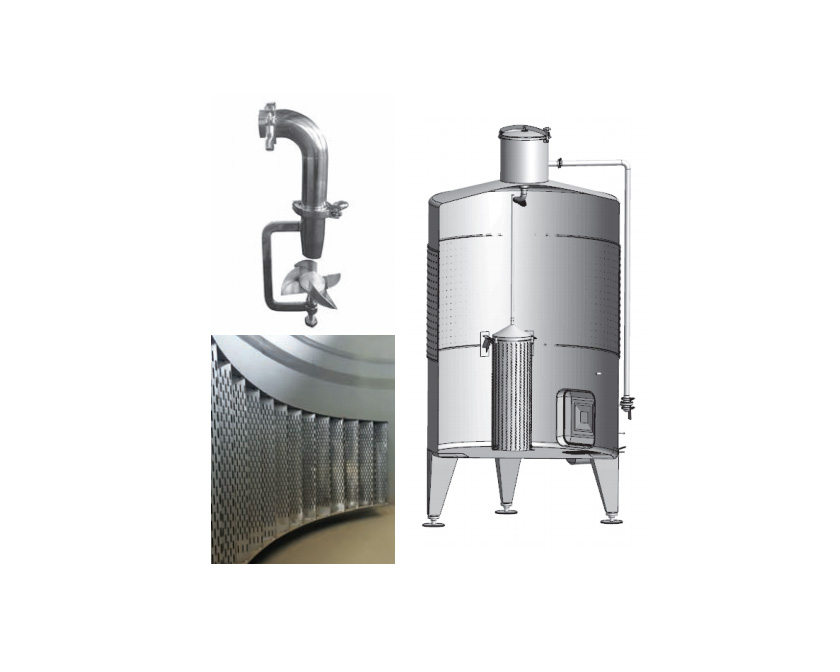A wine fermentation has two distinct stages: primary and secondary--also sometimes described as aerobic and anaerobic fermentations.
* The Primary Fermentation will typically last for the first three to five days.
On average, 70 percent of the fermentation activity will occur during these first few days.
And in most cases, you will notice considerable foaming during this time of rapid fermentation.
The primary fermentation is also called an aerobic fermentation because the fermentation vessel is allowed to be opened to the air.
This air plays an important roll in the multiplication of the yeast cells.
Here's how important. The little packets of yeast that is generally called for in a five gallon wine recipe
will typically be multiplied up to 100 to 200 times during the few days of primary/aerobic fermentation.
Without air this multiplying stage is hindered.
That is why it is important that you do not use an air-lock during the first few days of a fermentation and allow the fermentation to be open to air.
Alcohol is being produced during the primary fermentation as well,
but a significant portion of the yeast's energy is being devoted to reproducing itself.

Description:
1.Volume: Requirement. Cylinder with inclined bottom.
2.Material: SS304, thickness: 2.0mm. Liner treatment: pickling passivation.
3.Dimension: according to request.
4.Cooling: Cooling with cooling jacket, cooling area: 2㎡, thickness of sheet is 1.5mm.
5.Cleaning device: cleaning tube and internal 360° cleaning ball.
6.Liquid level: cylinder glass tube liquid level display.
7.Supporting: water-sealed respirator, sampling valve, side thermometer, external opening normal pressure square manhole.
8.Wine outlet in the lower part, drain port at the bottom.
9.Matching valve and pipe fittings;

 Jinan Alston Equipment Co.,Ltd.
Jinan Alston Equipment Co.,Ltd.







